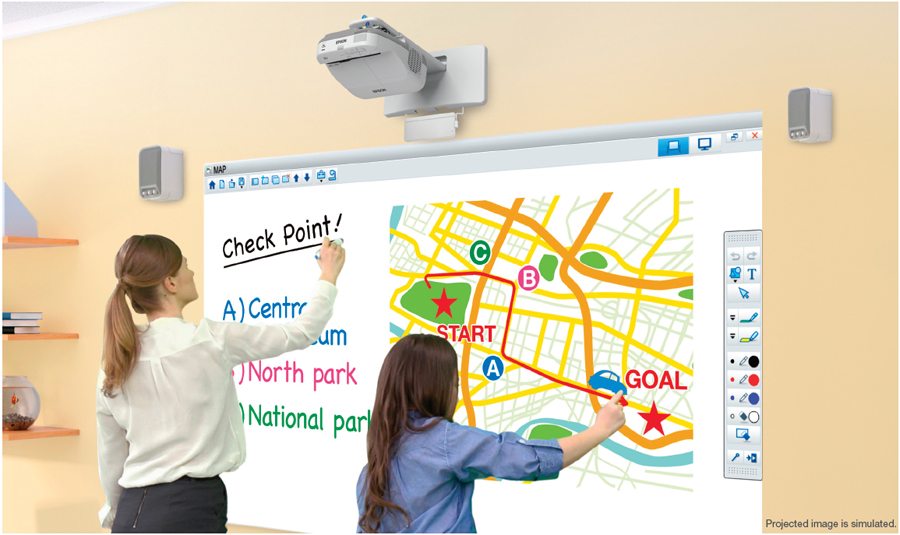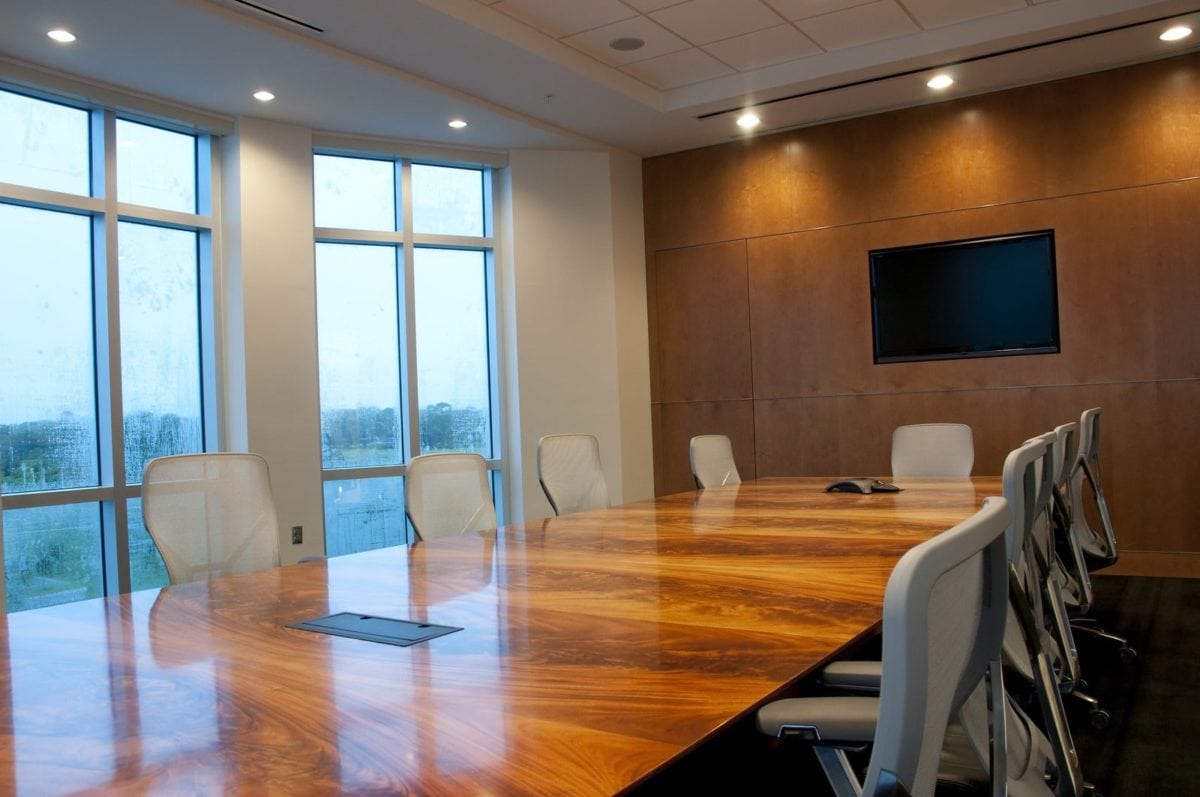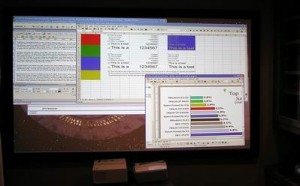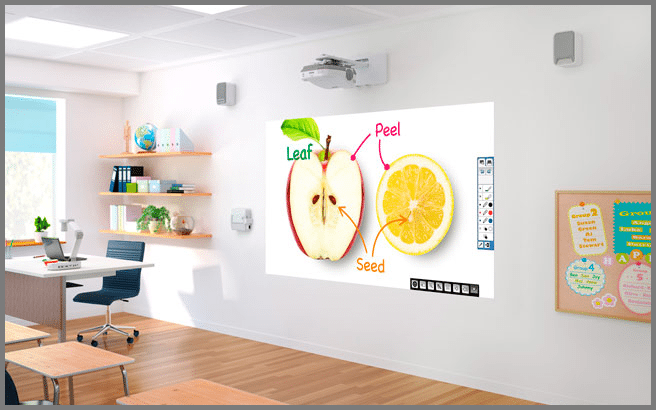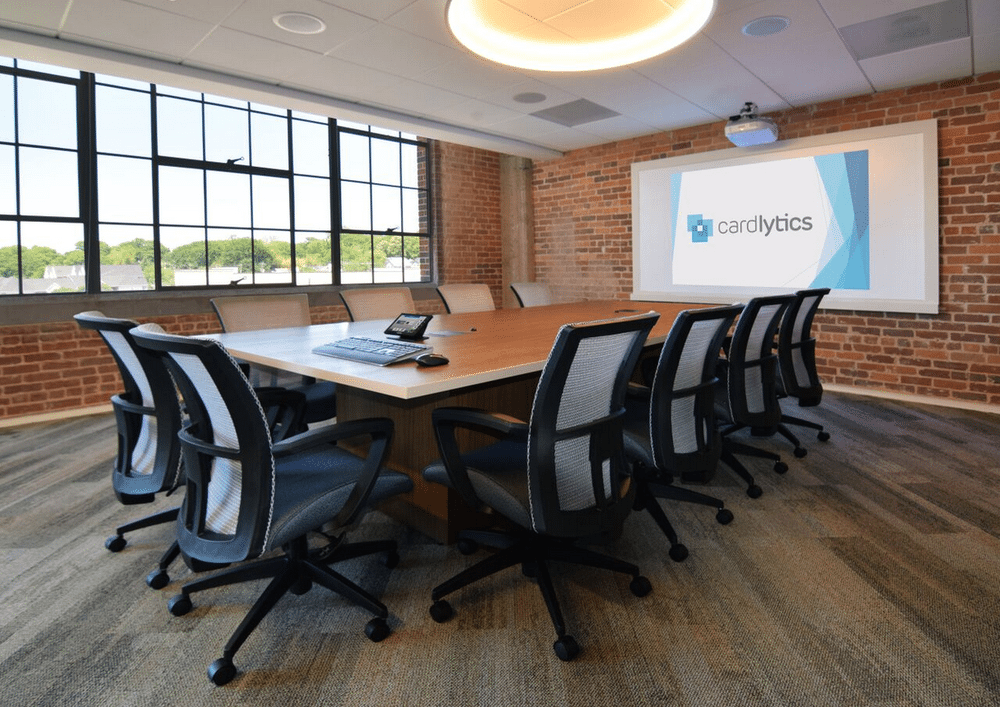Traditional presenting was typically one person presenting to many. Before projectors and monitors there were overheads and 35mm slides. Formal presenting is still as popular as ever, but today's technologies allow sophisticated collaboration, as well as other methods of communicating such as video conferencing. It has been said that companies, and schools have not adapted to this changing world.
In 1998 I published an article on the web titled "The Art of Communicating Effectively" on my old Powerpointers website. Much has changed since then. Technology has given us new tools, allowed us greater freedom and the ability to communicate even more effectively. But - there are things to be done in order to take full advantage.
Therefore, today we tackle what I'll call Rules of the Road: 4/6/8 vs Equivalent Visibility:
Determining how big a display is needed in a conference room, classroom or huddle space
I recently read a white paper titled Display Size Matters (more on that later), discussing whether the displays we use for collaboration, presentation, teaching and conferencing are allowing us to achieve maximum productivity.
The short answer in that white paper is: No! There is definitely an issue with the size of displays being used in many/most situations.
A major issue that the paper addressed, the one I'm taking up here - is that in many, if not most cases:
Many of the displays we are using today, are just too small to meet the needs of people collaborating in conference rooms, open spaces, classrooms and "tech-forward" hubs.
Now, before we get started, I'm a projector guy. So naturally, talking about bigger displays gets me pumped up. I write about and review business and education projectors (home theater ones too). I should note that as a "projector guy," on the home theater side I'm always picking on those "tiny LCD TVs" as I like to call them: "Sure, a 37" LCD TV is a perfect size for the powder room." Or you just got a 55" - great in the kitchen..." or "Real movie and sports viewing starts at 100 inches diagonal!!!" So it shouldn't surprise you that I got real interested when reading a technical paper about about how we really need bigger displays in business and educational settings.
It is a long and technical white paper, the problem therefore is that it takes some real effort to slug through all the science.
I thought I would make an effort to discuss the practical aspects of that paper, and apply some of my own perspective, to create a shorter, more "readable" look at the issues the white paper raised. Let's get started!
In simpler times, communicating effectively to groups - small and large, was often a matter of one person addressing many - Powerpoint, Harvard Graphics, etc. In those oldest of times (say pre-1990), the visual aids used were either overheads or 35mm slides (and handouts). And many of these "presentations" were primarily one person addressing many. Overheads and slides may have pretty much gone the way of 8-track tapes and cars with carburetors, but if anything we are presenting and collaborating in many ways previously not done.
The rise of video conferencing and especially collaboration, causes us to revisit the rules of the road in terms of Effective Communications.
In as few words as possible: Most companies and individuals are not choosing the right equipment for effective collaboration - or for that matter, successful video conferencing, because for the most part, over the last 10-15 years, we haven't rethought what is really needed.
The old rules that applied primarily to formal presenting, don't work well for collaboration and conferencing.
The white paper (titled: Display Size Matters) raises the question of: Why don't we apply what we know about how far to sit from our computers, to the world of collaboration and conferencing?
It's easy to see what's wrong:
Look at your computer screen. If a laptop, you are probably sitting with your eyeballs less than 2 feet away. If a desktop computer, the industry tells us that your typical screen size is 21" diagonal, and that normal seating distance is 28" from eyeball to screen.
At those screen sizes and distances you can read those spreadsheets, emails and documents.
Shouldn't the information being discussed in a typical collaborative meeting be just as easy to read?
If only that was so!
Today, its rare that people collaborating are all close enough to the display being used, to be able to read the numbers on that spreadsheet - or easily read a word document, or an engineering diagram or other "non-presentation" documents. We're talking point sizes on documents in the 9 to 14 points.
Try a Test:
Print out a spreadsheet or email or internal document. Set it up somewhere, and stand 5-6 feet from it.
Read it out loud! The sound you are now hearing is silence because at 5-6 feet the type is simply too small for you to read (without binoculars).
Now if that was a typical Powerpoint slide, instead of 9-14 point text, you'd have titles that are typically 36-60 points, 24-36 point body text. Those sizes of type would be easily readable at 5-6 feet.
Sadly, many if not most of us, when collaborating at today's companies, simply can't read a lot of what is being discussed, because we all can't sit close enough to a smaller display to effectively view the content. That is no way to maximize productivity!
Below we'll explore what the common "rule," called 4/6/8, is, and why it isn't serving us as well as it should. The white paper discusses a new rule to replace 4/6/8, called Equivalent Visibility, which I'll discuss as well. The bottom line is in many cases, those responsible for AV within organizations aren't aware that for successful collaboration we need bigger displays than many organizations are choosing. My own take is that the Equivalent Visibility rule is more realistic than 4/6/8.


